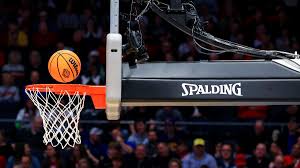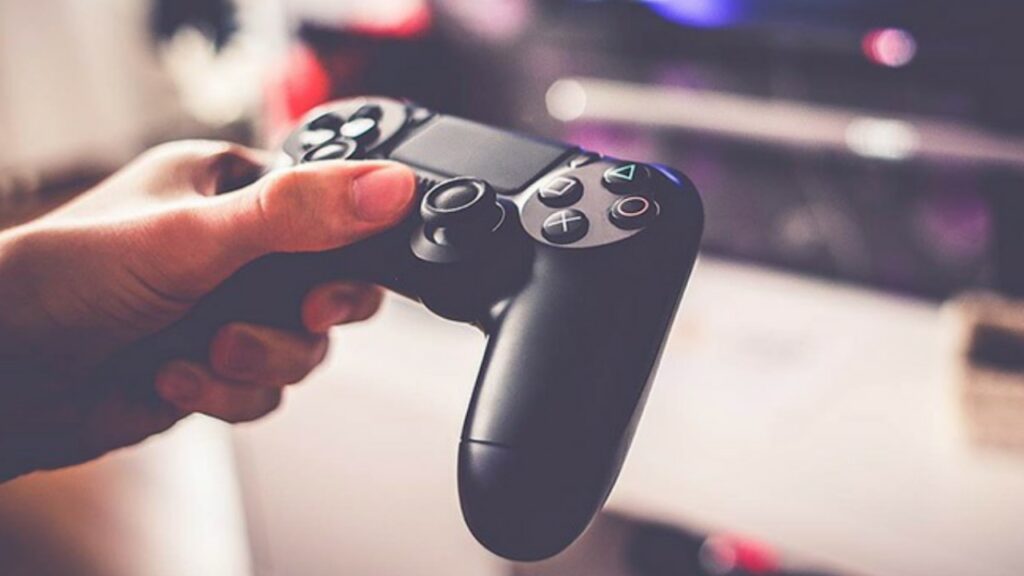
Technology integration into college basketball has changed how the sport is played and experienced. College basketball is a competitive sport played by student-athletes representing colleges, universities, and military academies, and it is one of the most popular sports in the United States.
With the revolutionary changes technology has brought, the sport has increased competitiveness and performance on the court and has become more exciting on and off the court. For instance, sportsbooks use unique technologies to provide bettors with college basketball picks today.
Read on as we delve into the technological trends that have impacted college basketball and how they have helped the sport.
Video Review Systems
These systems allow coaches to quickly break down game film, analyze player performance, and identify areas for improvement. Video review systems also give players a better understanding of their performance, enabling them to make more effective adjustments and improvements.
Wearable Technologies for Athletes
Wearable technologies, such as heart rate monitors, GPS devices, and wearable cameras, are being utilized by college basketball players to track their progress and performance.
These tools provide real-time data and insights into an athlete’s physical and physiological responses during training and games, allowing for more precise adjustments to their performance. Wearable tech has also made injury prevention and rehabilitation efforts more effective.
Shot Tracking Devices
Shot-tracking devices are becoming increasingly popular among college basketball players and coaches. The devices use sensors and software to analyze shot attempts, providing real-time accuracy, release speed and shot arc feedback. Overall, it helps players refine their shooting technique and improve their overall performance on the court.
Shooting Training Tools
Shooting training tools, such as weighted balls and shooting sleeves, are designed to help players improve their shooting form and muscle memory. In addition, they provide instant feedback on shooting mechanics, enabling players to adjust and become more accurate shooters.
Vertical Jump Training Aids
Vertical jump training aids, such as VERT, use sensors and software to measure and analyze a player’s jump performance. The technology provides real-time feedback on jump height and mechanics, helping players improve their vertical leaps and athleticism.
Dribbling Goggles
Dribbling goggles are a unique training tool that restricts a player’s peripheral vision while dribbling. As a result, it helps players develop stronger dribbling skills, particularly when it comes to dribbling under pressure in game situations.
Motion Sensors
Motion sensors, such as the Blast Basketball Motion Sensor, track and analyze a player’s movement and performance during training and games. Motion Sensors provide players with valuable insights into their performance, including jump height, speed, and agility, helping them refine their technique and improve their overall athleticism.
Wilson X
Wilson X is a connected basketball that tracks and records shots made with it. The smart ball provides real-time shooting accuracy and performance feedback, enabling players and coaches to identify areas for improvement and adjust their technique.
AI-powered Analytics
AI and machine learning advances have revolutionized how college basketball teams analyze and evaluate performance. These technologies allow teams to gather and analyze vast amounts of data in real-time, providing coaches and players with detailed insights into their play.
It also helps teams to identify patterns and trends that may have gone unnoticed in the past. By using machine learning algorithms to process large amounts of data, teams can gain a deeper understanding of their strengths and weaknesses and those of their opponents.
Do These Trends have a Solely Positive Impact?
Technological advancements are changing the way basketball is seen as a sport. Players can quickly figure out where they need to improve, coaches can give more targeted advice, and referees can make more accurate calls. While this is undoubtedly a positive advancement, it does have its drawbacks.
There are the cost implications and the fact that players and coaches can develop an over-reliance on these gadgets. While the advancements are fascinating, there’s still a learning process around how much technology should be merged with basketball.
Therefore, staying informed on its progressions is essential to discover how technology can shape college basketball in a balanced and impactful way.




